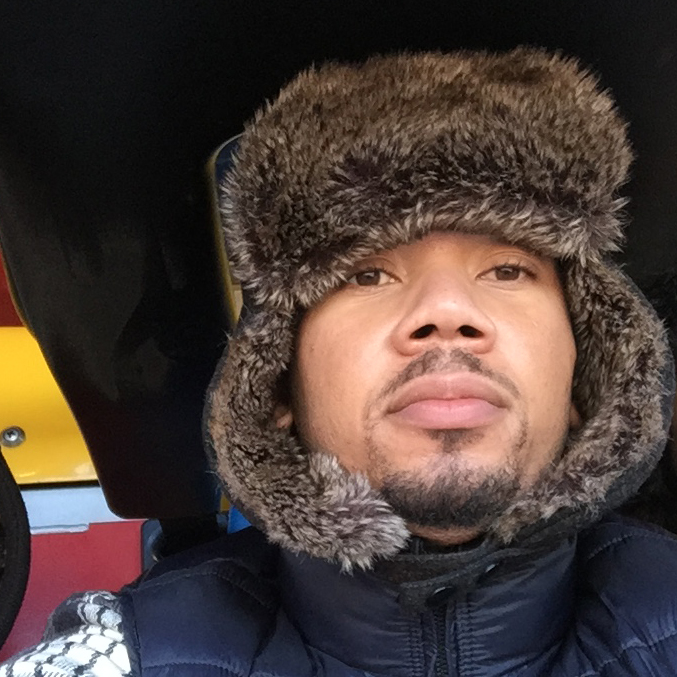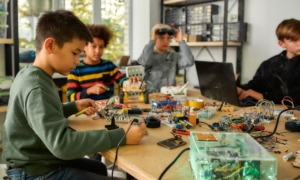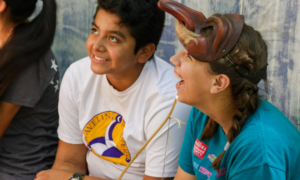 Communities need to develop a common goal and a unified message. They need to break the cycle of violence and poverty, and they need to promote a combined, communitywide message of prosperity and success for their youngest citizens.
Communities need to develop a common goal and a unified message. They need to break the cycle of violence and poverty, and they need to promote a combined, communitywide message of prosperity and success for their youngest citizens.
It is too easy for students walking home to be surrounded by abundant negative images of drug use, violence and broken homes. It is too easy for young people to be recruited into a gang because they see the respect it earns them or the quick money they’ll receive. But we know that the money doesn’t last, and all it earns them is a path to incarceration — or even worse.
So, in an effort to confront these negative images, the black-on-black crime and the incarceration rate hovering over their heads, all community programs with a mission to promote education and success — from school districts to advocacy programs, to faith-based organizations and local governments — need to establish a practical and unified message denouncing the hollow morals of the streets and promoting hard work and prosperity in our neighborhoods.
Individually, institutions like these do honorable work, serving their populations, but together as a unified coalition, these institutions in neighborhoods across the country can begin a monumental campaign toward changing the images of the streets and the mindset of those who live there. All of us, in order to take back our communities, in one full breath must exclaim: We will break the cycle of violence and crime and paint a better future for ourselves and our community!
With open communication and a consistent, unified goal, we need to tell the streets that have victimized so many innocent kids and adults that we will break the cycle; we will provide an alternative to selling drugs and committing crimes, and we will not allow you to recruit our children into your den of violence, death and incarceration.
In many communities, there is already an abundance of youth advocacy agencies, extracurricular programs and resource centers that offer job training and other services. To truly fight against the factors that lead a young person to street life, there needs to be a network of communication and support that makes programs like these apparent and accessible to any person who needs them. Although it may not be easy, although it may seem like a leap, people will always prefer a path of prosperity and success over one of violence and jail time if that option is made consistently clear to them early on.
[Related: The Bystander Effect]
We know the damage that violence does. It eats away at communities by reducing productivity, and it decreases the value of neighborhoods. But we also know how powerful movements of change can be.
In fact, we’ve seen campaigns like this before. The anti-bullying campaign gained national attention and garnered legislation in workplaces and schools to prevent bullying. The attention and momentum the anti-bullying campaign gained through messaging and collaboration made it impossible to ignore. More notably, the civil rights movement of the 1960s required the collaboration and consistent messaging of various organizations to all unify under the flag of equal rights.
This current movement to prevent violence, particularly black-on-black violence, is no less virtuous or significant than the civil rights movement before it. We abhor the numerous cases of police officers victimizing unarmed black men, women and children, yet when we look to the violence black people commit against their own community, we rationalize that it is the norm.
It is not the norm. We must not see such violence against ourselves as the norm, and local institutions that serve their community with integrity must all come together to collectively challenge the influences of the streets. Advocacy groups, care workers, religious organizations and local governments need to come together to represent something larger than their individual obligations.
These organizations, if they truly mean to promote change, must establish common goals within their community and take a stand to take back our children’s future held hostage by a culture of crime and violence. So, let’s stand together and let our message of a brighter future permeate in our communities.
Corey D. James is the founder and CEO of Painting Pictures Inc., a nonprofit dedicated to making an impact in the lives of disadvantaged youth. His book, “Painting Pictures,” releases on April 22. Before launching Painting Pictures, James worked with youth in the juvenile justice system as the assistant director for the Youth Advocate Program in Essex and Union counties in New Jersey. He currently leads the New Jersey State University, Rutgers-Future Scholars.
More related articles:
Slum Living: When Access as Proxy for Quality Is Life-Threatening
First-generation College Students from Poverty Have Many Hurdles
Schools Stand Up Against Bullying on Unity Day































